Panama: Panama City, Canal Zone, Boquete and Isla Palenque
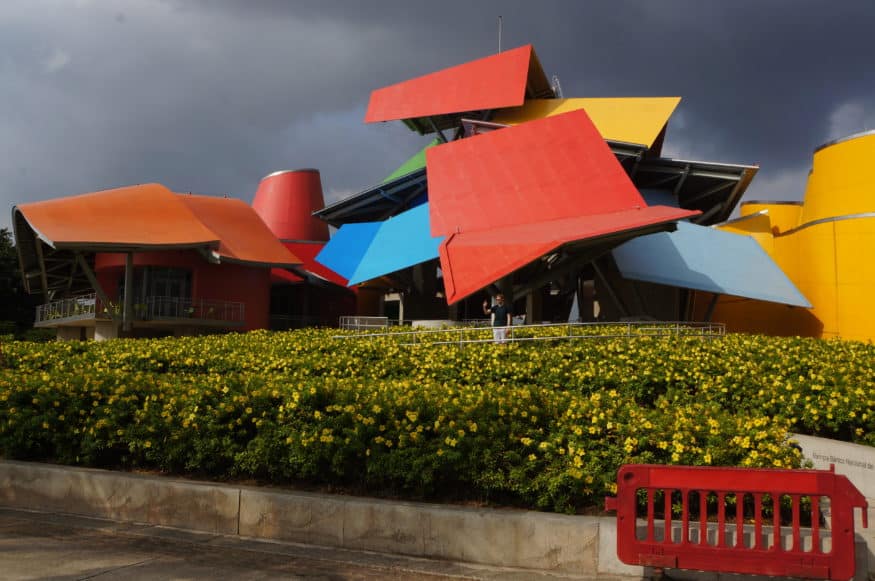
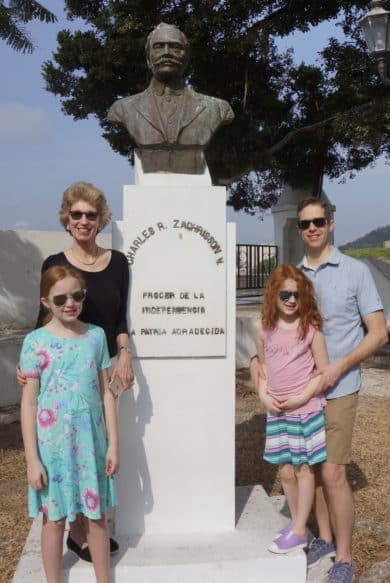
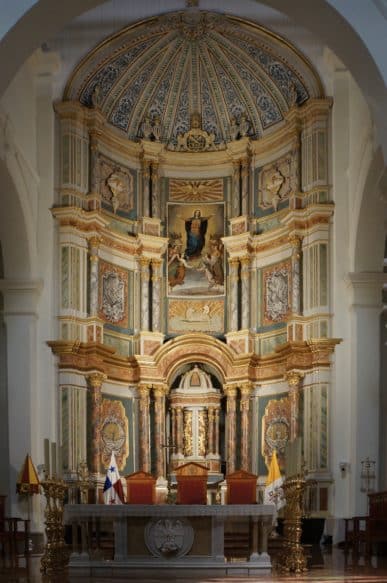
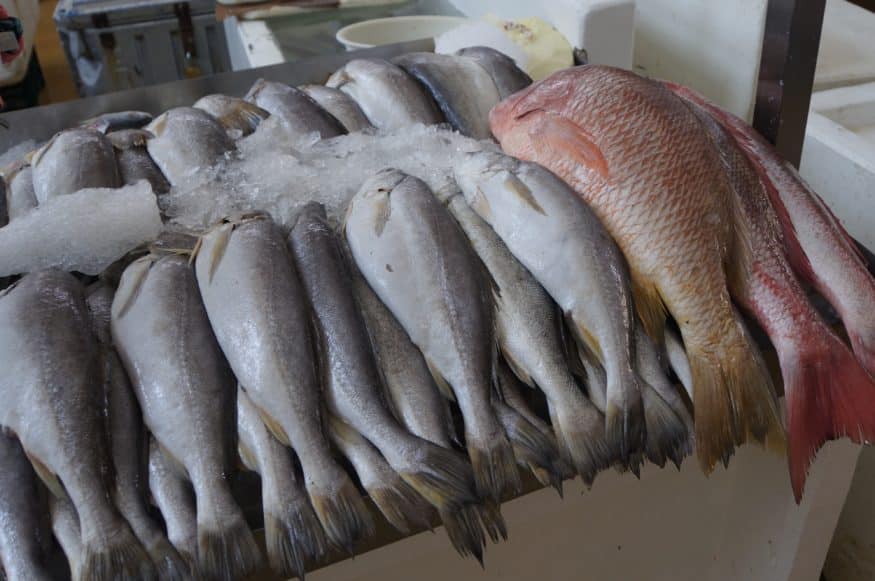
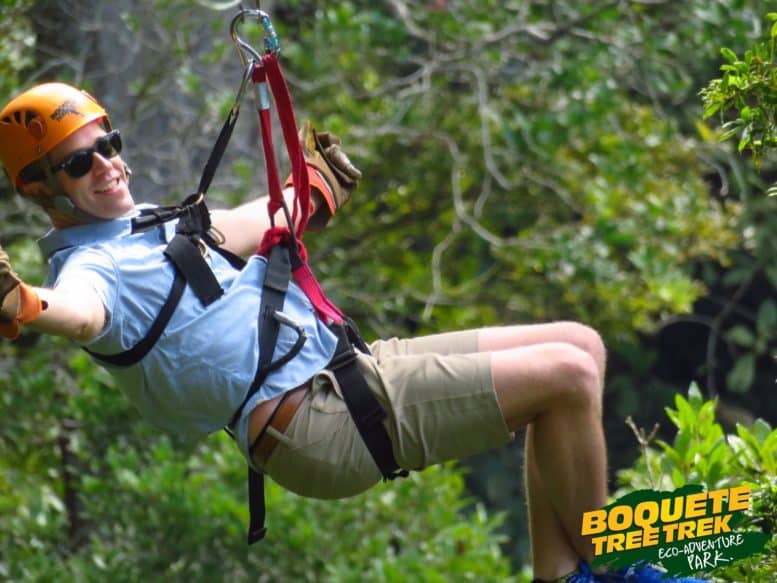

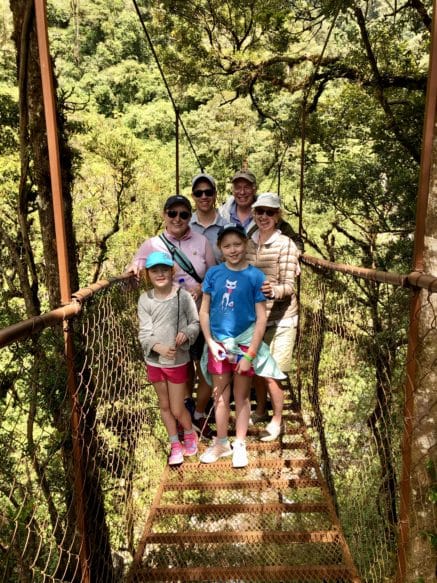
- More about your oliver guide: Andrew Steiner
- Trip type: Family, Beach, City
- Activity level: moderate
- Ideal length of trip: 10 days, although a week would be sufficient.
to & from
Domestic Airlines (American and United) fly to Panama City via Atlanta, Miami, etc. or Copa Airlines flies directly to Panama City from many major US cities. The airport code is PTY (Tocumen International Airport).
Inter-country flights are a different matter. We flew out of Albrook Airport to David via Air Panama, which was a nice mid-sized jet, however EVERYTHING at the airport was manual. David is an industrial down and the connection point to the 1 hour drive to Boquete and 2 hour Boca Chica and a quick motorboat ride to Isle Palenque.
Where to Stay
In Panama City we stayed at the Intercontinental because of it’s central location and great pool (important if traveling with kids because of the heat). The breakfast buffet is delicious and rooms very nice.
In Boquete we stayed at the Panamonte Hotel. The hotel and grounds are charming.
Isla Palenque is a private island, so there is just the one (luxury) resort on the island, only a 15 minute boat ride off of Boca Chica.
Where to Eat and Drink
Panama City:
- We ate a delicious lunch of ceviche and the traditional chicken and yuca soup at Mi Ranchito after touring the Panama Canal.
- We had a fabulous dinner at MEZE. MEZE is my maternal grandfather’s Gaspar Pacheco home reborn as a fabulous Greek restaurant. I had tears in my eyes as we toured every room in the house. The way that the restaurant owner has taken the structure of the house and made it a truly beautiful restaurant that honors the style of the home is really fun and heartwarming. We also ran into Owen Wilson, who was extremely generous with his time to talk with us.
- Don’t miss trying Raspados. They used to be 25 cents and served in diminutive paper cup, now they are served in massive solo cups and cost $2. The flavor and leche condensado remain the same however
- We had a delicious lunch at the restaurant Market which is near the Intercontinental Hotel.
- Leave the kids at home (if you have them) and enjoy dinner at Intimo which is a very small restaurant with 28 seats and either a 5 course menu or 12 course tasting menu.
- Vinoteca is a family run (for almost 60 years) delicious and authentic Italian food.
Boquete:
-
We ventured into town for a late lunch at a newer restaurant called Colibri which features a modern take on Panamanian and Latin American food.
-
Dinner at the Panamonte (hotel) dining room, which is led by a chef named Charlie Collins who has received some international recognition for his food. We enjoyed (finally!) some empanadas and ropa vieja, albeit as a “fusion” with corn crepes. Dinner was delicious with some local Boquete trout, rabbit, arroz con pollo, and corvina (white sea bass).
Isla Palenque:
- All meals are taken at the resort. After a week in Panama we finally found a decent flan.
What to Do
Panama City:
- Important to have a local guide. We used Nicolas, who was our guide and driver. Throughout our trip he proved to be a capable and fun guide for us.
-
Get to Canal early. We visited the Miraflores locks. There is a new four story visitor center and theater. We together watched a ship enter the standard locks and in the distance could see a ship rising in the Panamax locks. The museum was very well done with historical facts, models of the various engineering innovations, and a boat simulator. Unfortunately the new 20 minute movie was not very educational or enjoyable.
-
We visited a market and purchased Panama hats (actually the design is from Ecuador) and mola headbands. We enjoyed learning about the traditional Panama hat (the actual Panama design) and how it is worn to show one’s dating status depending on the brim position. The true Panama hat has a black woven design spiraling in the off white straw hat.
-
A visit to the Endara Museum – a photographic history of Panama. Endara set up one of the first photographic studios in Panama and Mario’s father purchased the collection in the 1950s. We then took a tour of the next door gallery with hundreds of Christmas nativity scenes.
-
A highlight of the afternoon was our visit to the Biomuseo, which opened in 2004. It is an iconic structure out on the Amador causeway, and its brightly hued and roof designed by Gehry is unmistakably identifiable across the bay in Panama City. They had a variety of exhibits discussing the biodiversity of the Isthmus, the differences in ecology between the Pacific Ocean and Caribbean / Atlantic Ocean, and the pre-Columbian history of humans in the area. Some of the exhibits were outstanding, while others over-relied on technology that was ineffective for teaching.
- The six of us took the a rainforest tram to the top of a hill through the rainforest. We saw many flowers and different types of trees, and ant colonies in the trees. At the top we climbed the 100 foot tower to above the treetops to see the canal, Chagres river and lake Gamboa all come together. We saw the intensely yellow flowering guayacan tree which blooms only for one week every two years. What luck to be in the Panama rainforest for the one week this tree was in bloom!
- After the tram trek, we visited the sloths and butterfly house on the grounds.
- Boat ride on Lake Gatun among the giant supertankers and container ships. We made several island and shoreline stops during the tour and were exited to see titi, howler, and capuchin monkeys, along with a crocodile sitting in the mud. We also saw many varieties of birds during the boat tour.
-
Zip lines galore! The zip line tour covers 12 different lines. All of us had a great time zipping through the tree tops, sometimes 300 feet above the cloud forest floor and maybe going 30-40 mph.
-
The bridge tour was a ~1.7 mile round trip up and down the mountain 500 feet up then 500 feet down. We made many stops with our excellent guide Ricardo as he pointed out various birds, trees, and flowers. We were very lucky to see the Quetzal and capture a couple grainy photographs of the beautiful bird, considered to be a “trophy” for bird watchers worldwide. It is the national bird of Nicaragua but its range extends to Panama. Traversing the 6 bridges that were as long as 450 feet and as high as 220 feet above the Cristal River was beautiful and a bit nerve racking. Sea legs were needed to cross each bridge!
Isla Palenque:
-
This is a private island and the sand on the beach is so fine that it nearly forms a mud. There is both black and white sand and they are of different grains, so they don’t mix together to form grey. Instead the very small grained black washes up and down the white beach creating beautiful designs and “trees” of draining sand. Photos are worth it!
- Yoga, paddle boarding, kayaking, howler monkey tour… repeat daily.

To add a suggestion login or join